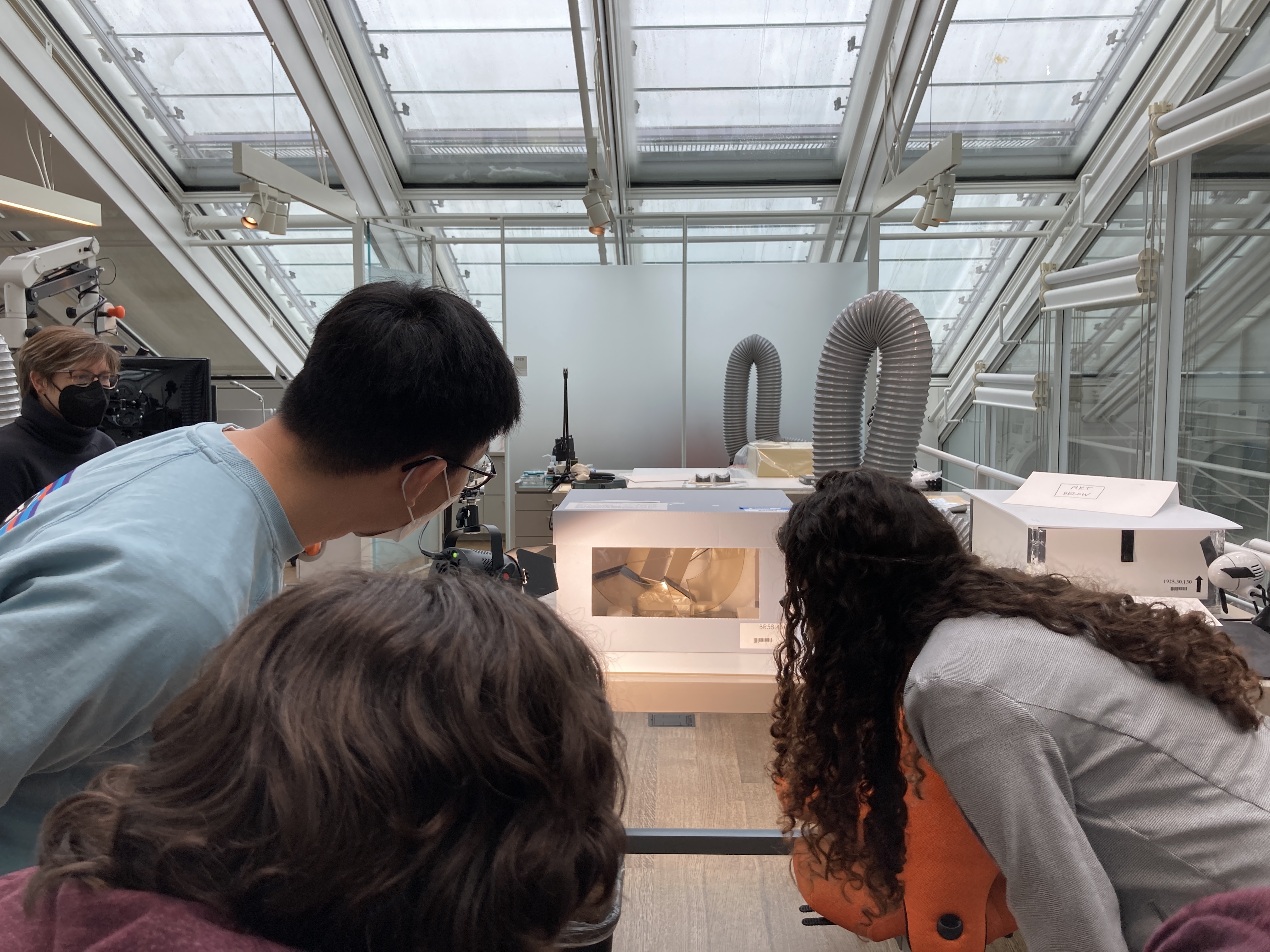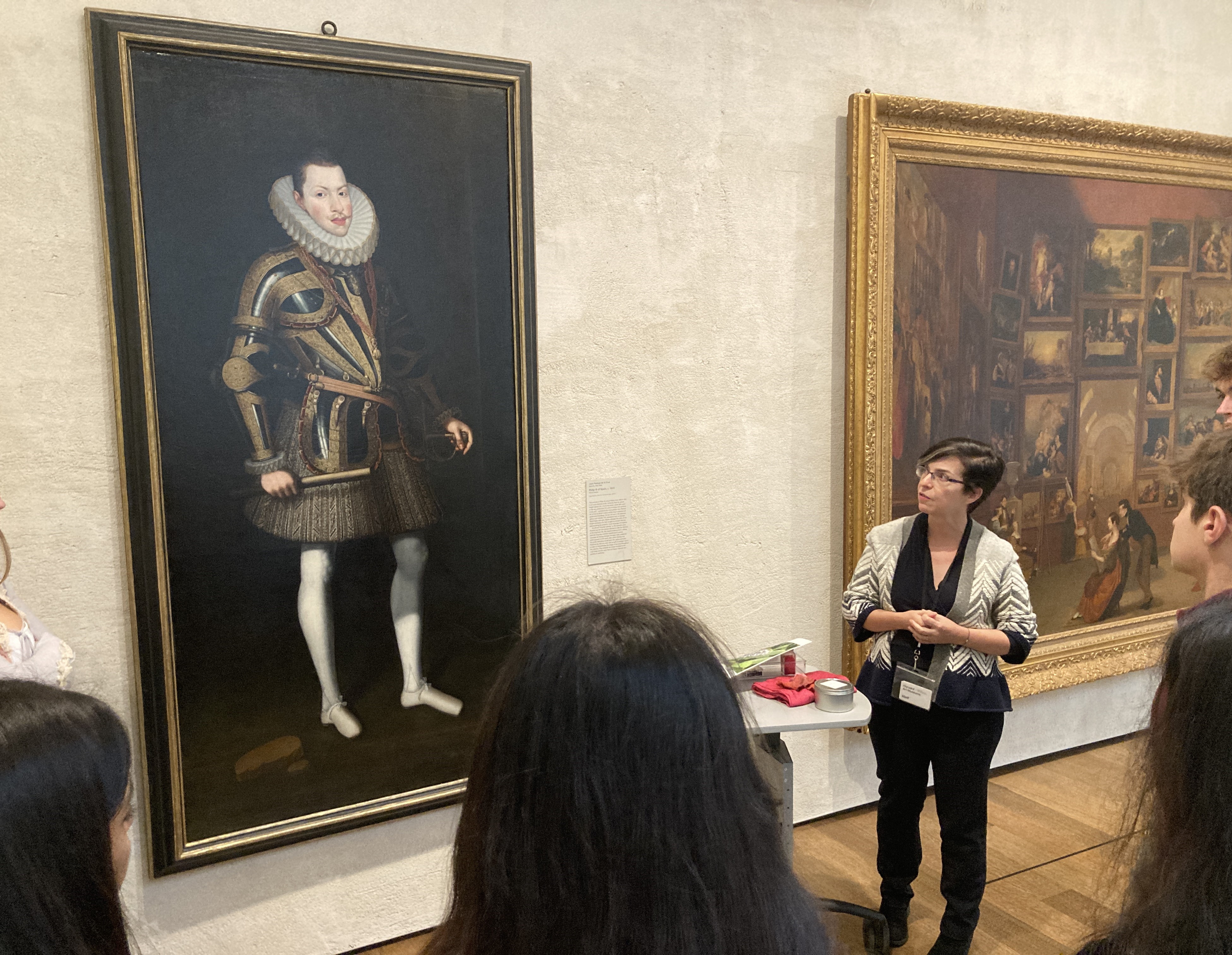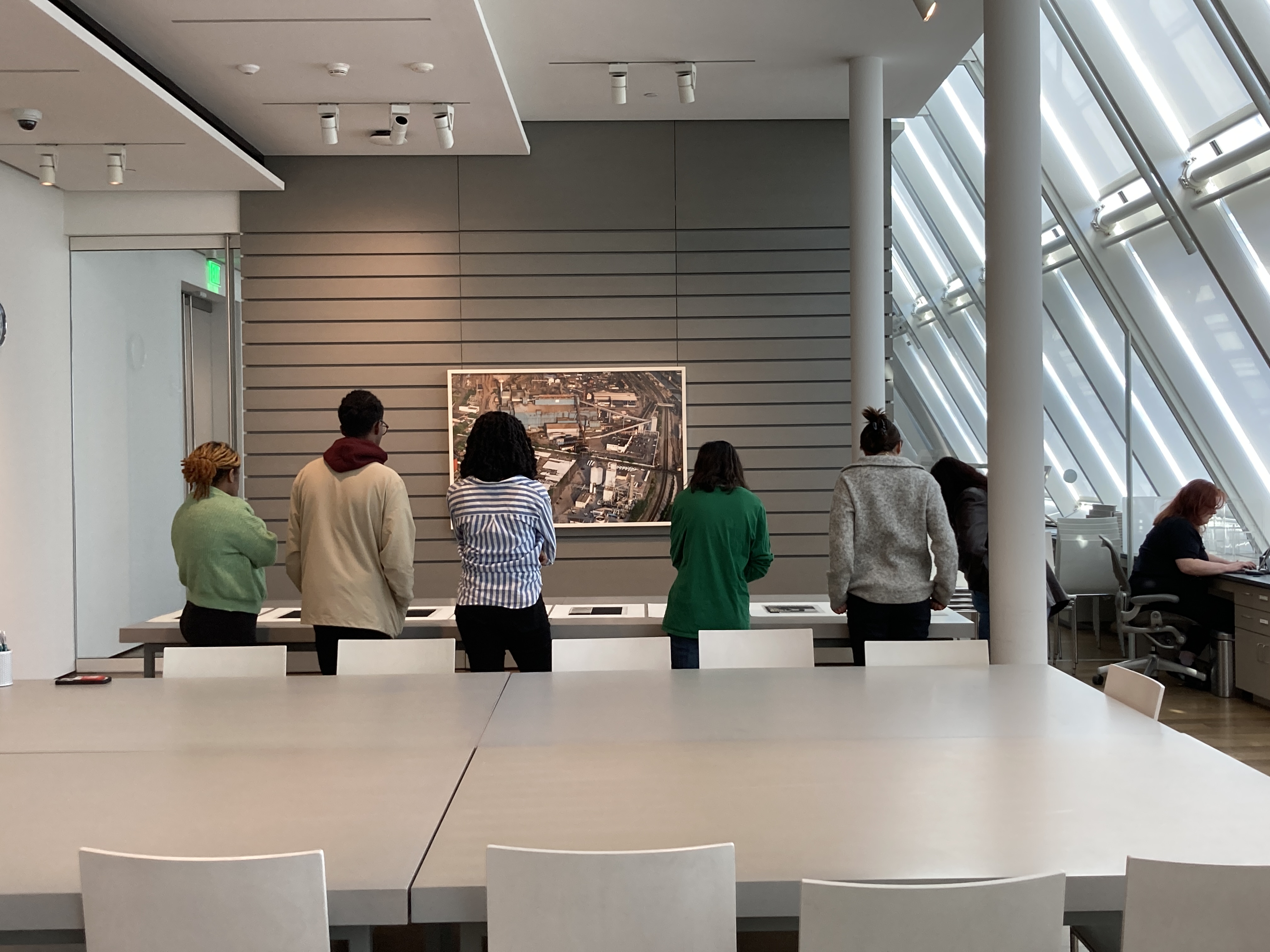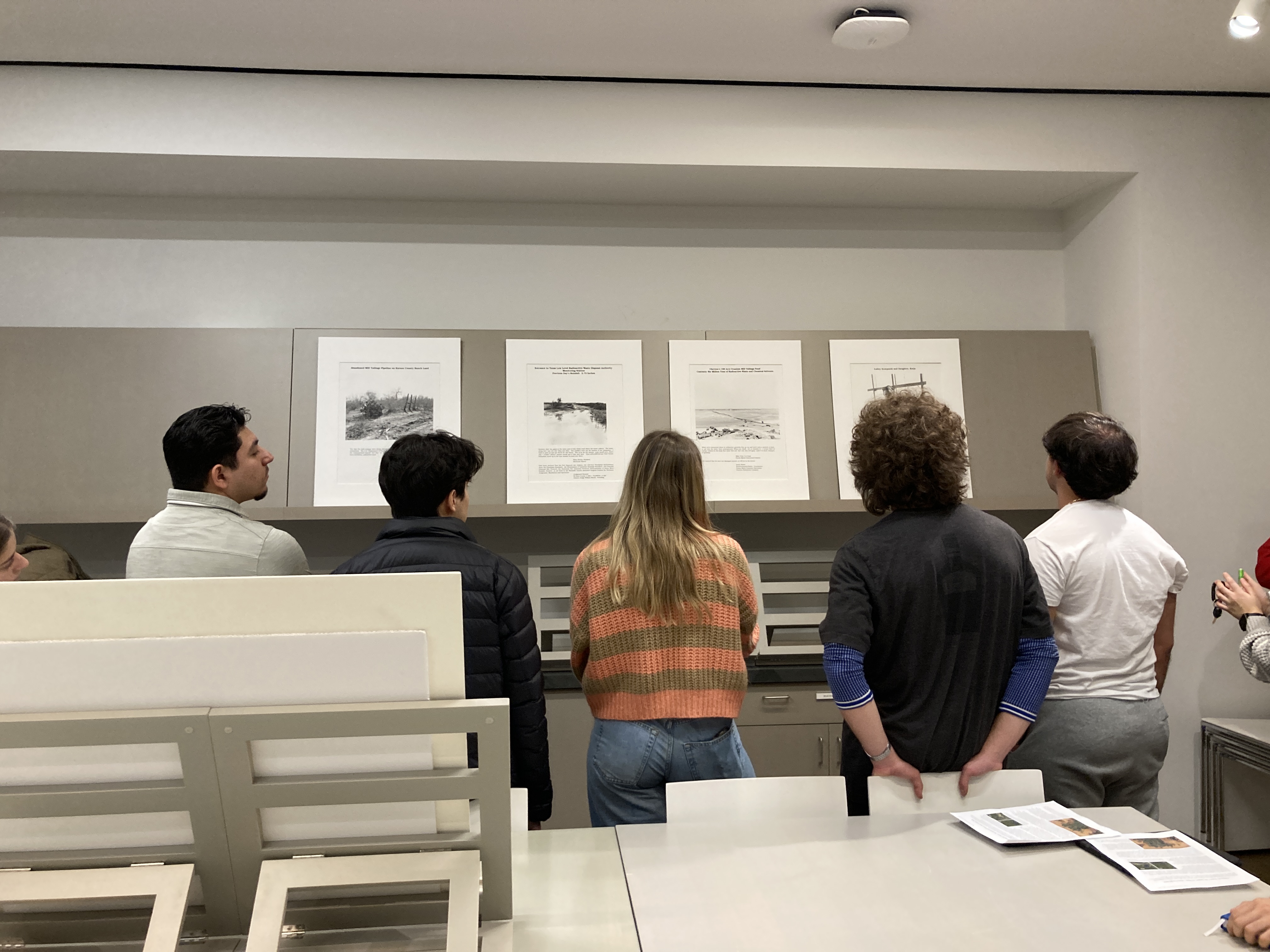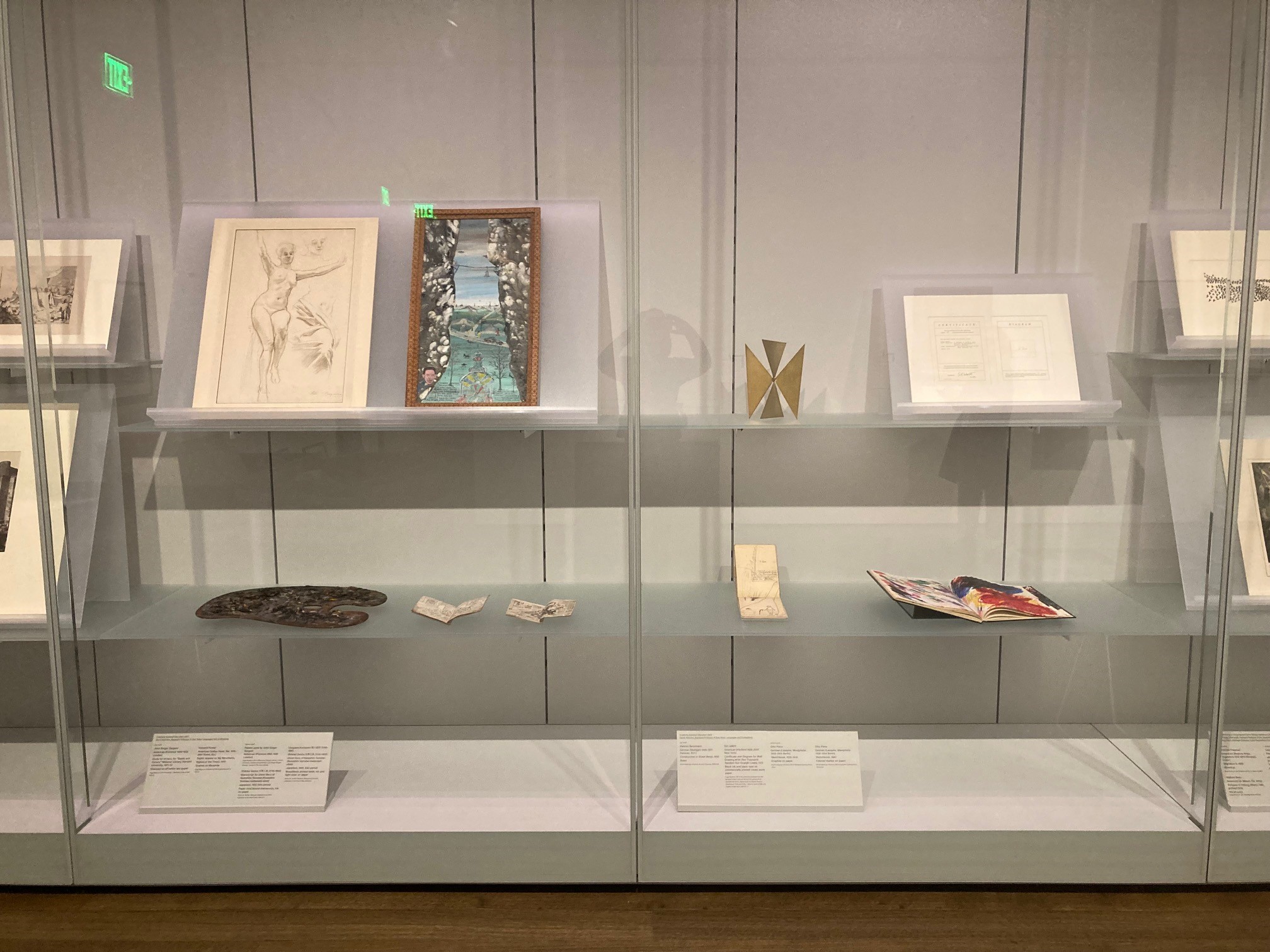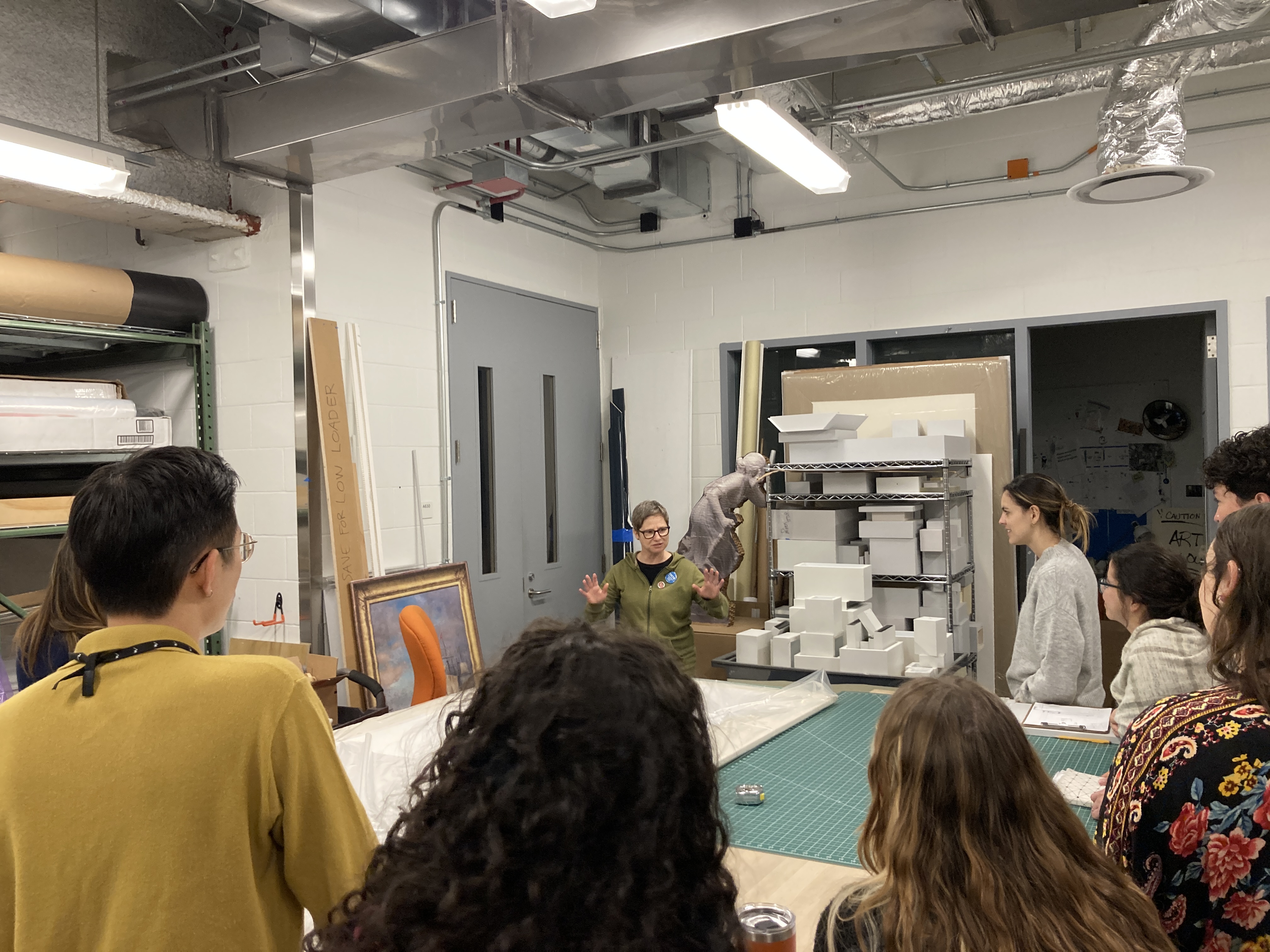We like to say that our institution’s name contains three intimidating words: Harvard, Art, and Museums.
Many people don’t feel comfortable in any museum; this can be for several reasons, including the reputation of museums as spaces enjoyed historically by people who are white, wealthy, and highly educated. Some of that discomfort can also come from being unfamiliar with how museums work, what museum terminology means, and how a visitor can or should act in museum spaces. Here, we reflect on the practical applications of two concepts that inform our interactions with students when they visit the Harvard Art Museums: museum literacy and museum-going identity. We shape the museums’ curricular programs around these concepts so that students can build their comfort and confidence while they are here, while still focusing on the academic topic at hand. Their experiences with us can then empower them to have more fulfilling visits to any museum in the future.
What Do These Terms Mean?
Museum literacy is a working knowledge of what happens in museums.[1] For example, it includes an understanding of the broad array of activities a visitor can take part in; who a conservator is and what they do; what a special exhibition is; and why works on paper need to “rest” periodically in storage.[2] Having some understanding of how museums work can help people feel more confident when they visit and therefore more likely to return and engage in whatever ways feel comfortable to them.
A person’s museum-going identity is formed by positive experiences in museums. It’s when a person feels comfortable calling themselves a museumgoer, is aware of the many valid ways to engage with museums, and feels that such spaces are for them.[3] It seems to us that museum-going identity is partly the product of museum literacy: the more you understand about museums, the more likely you are to identify as a museumgoer.
In collaboration with the Division of Academic and Public Programs (DAPP), the museums’ curators, conservators, conservation scientists, postdoctoral fellows, exhibition designers, and other staff help students (and of course, members of the public, too) build their museum literacy and museum-going identity in many ways. These include opportunities to go “behind the scenes” in museum spaces to learn about our activities; to make connections between artwork and contemporary lives and concerns; and for students to openly contribute their own knowledge and opinions through lively discussions around art. Here we provide some examples of what that looks like for class visits to the Harvard Art Museums.

